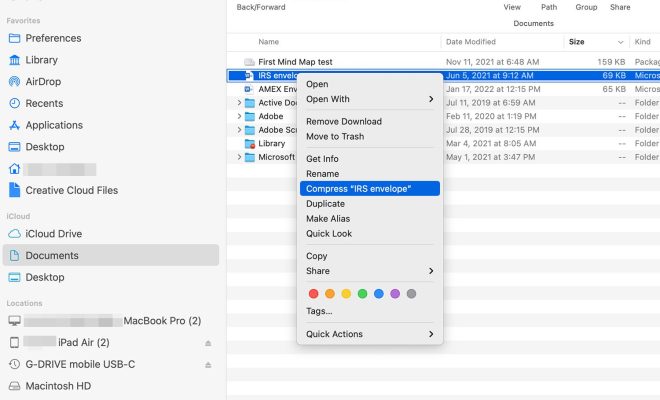Key Moments in Graphic Design History

Graphic design has been around for centuries, but it truly came into its own in the 20th century. From the early days of printing and advertising, to the digital age of the present day, there have been many key moments in graphic design history. In this article, we will explore some of the most important milestones that have shaped the industry as we know it.
1. The invention of printing press (1440)
The printing press, invented by Johannes Gutenberg in 1440, revolutionized the world of graphic design. Before this invention, everything was handwritten or drawn by hand, which was a time-consuming and inefficient process. With the printing press, it became possible to reproduce text and images on a large scale, making it easier and cheaper to produce books, pamphlets, and other printed materials.
2. The Arts and Crafts Movement (1880s-1920s)
The Arts and Crafts Movement was a response to the Industrial Revolution and the mechanization of design. Influenced by traditional craftsmanship, artists and designers sought to create beautiful, handmade objects that celebrated the unique qualities of materials and techniques. This movement had a profound impact on graphic design, inspiring a return to simpler, more organic forms and a focus on typography as an art form.
3. The rise of advertising (1900s-1920s)
The early 20th century saw the rise of advertising as we know it today. With the development of new printing techniques, it became possible to create colorful and eye-catching advertisements that could be distributed widely. This period also saw the emergence of graphic design as a profession, with artists and designers working in advertising agencies to create persuasive campaigns for clients.
4. The Bauhaus School (1919-1933)
The Bauhaus School, founded in 1919 by Walter Gropius, was a pioneering institution that sought to bridge the gap between art and industry. Its curriculum emphasized the principles of form, function, and materials, and its faculty included some of the most influential designers of the 20th century, including Marcel Breuer, Paul Klee, and Wassily Kandinsky. The Bauhaus had a profound influence on modernist design, and its legacy can still be seen in graphic design today.
5. The creation of the International Typographic Style (1950s-1970s)
The International Typographic Style, also known as the Swiss Style, emerged in the 1950s and was characterized by a clean, minimalist aesthetic and the use of sans-serif typefaces. This style, which was influenced by the Bauhaus and the work of Swiss designers like Max Bill and Josef Müller-Brockmann, had a significant impact on the design of logos, posters, and other graphic materials.
6. The invention of the personal computer (1970s)
The invention of the personal computer in the 1970s revolutionized the world of graphic design. With programs like Adobe Illustrator and Photoshop, designers had new tools for creating and manipulating images and type. This period saw the emergence of digital design as a new medium, and the development of new techniques like pixel art, which were made possible by the capabilities of computers.
7. The growth of the internet (1990s-2000s)
The growth of the internet in the 1990s and 2000s created new opportunities and challenges for graphic designers. With the rise of websites, designers had to adapt to new constraints and design for different screen sizes and devices. This period also saw the emergence of new design trends like flat design and responsive design, which continue to shape the industry today.
In conclusion, graphic design history is marked by many key moments that have shaped the industry and influenced the way designers approaches their work. From the invention of the printing press to the rise of digital design, each of these milestones have played a role in shaping the visual language of our world.






